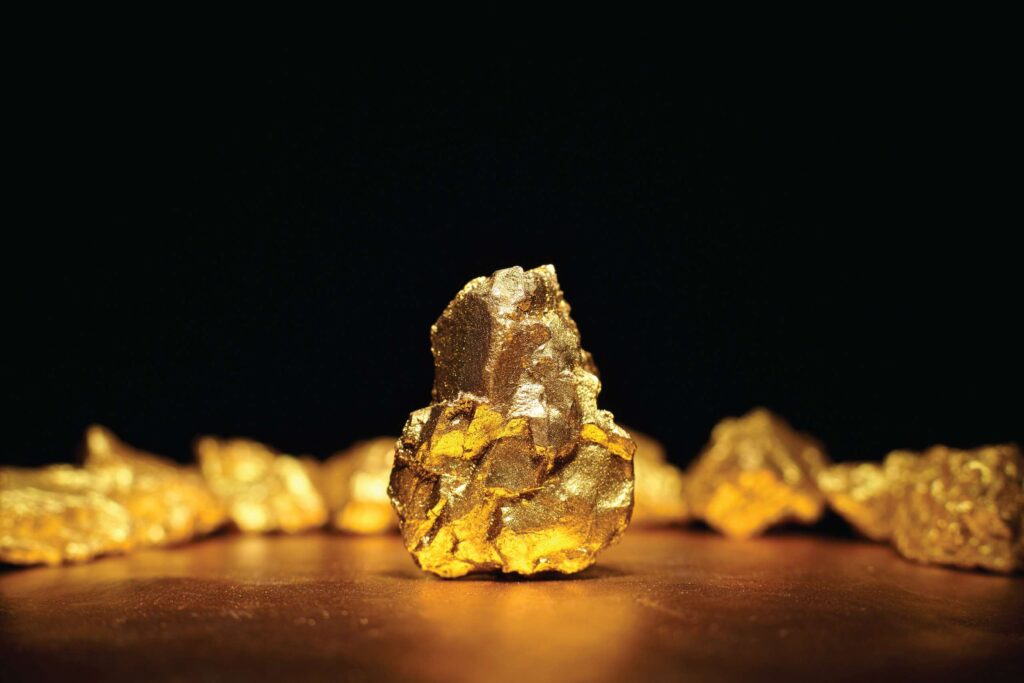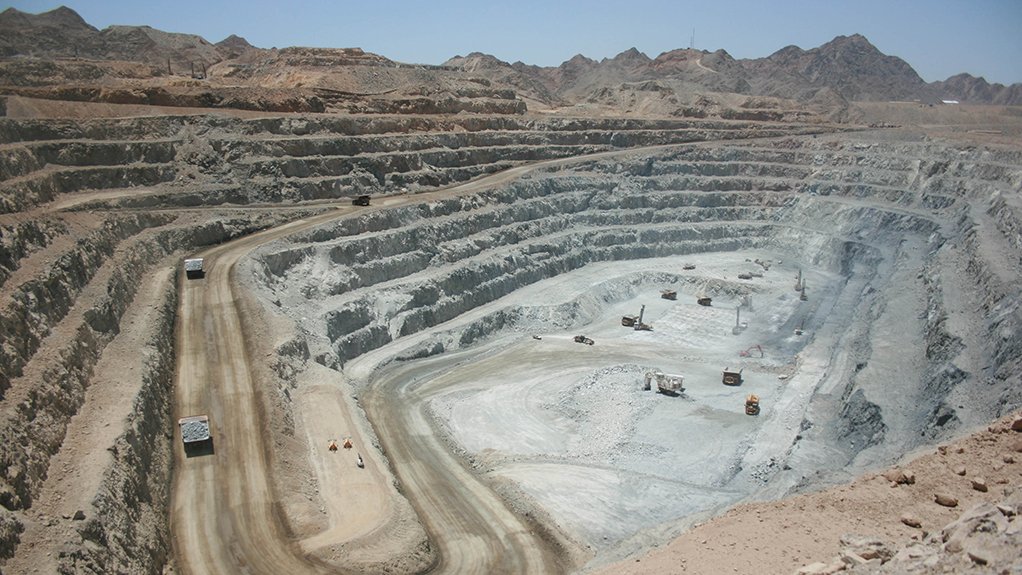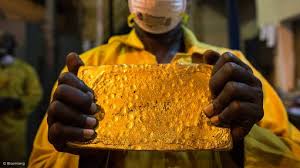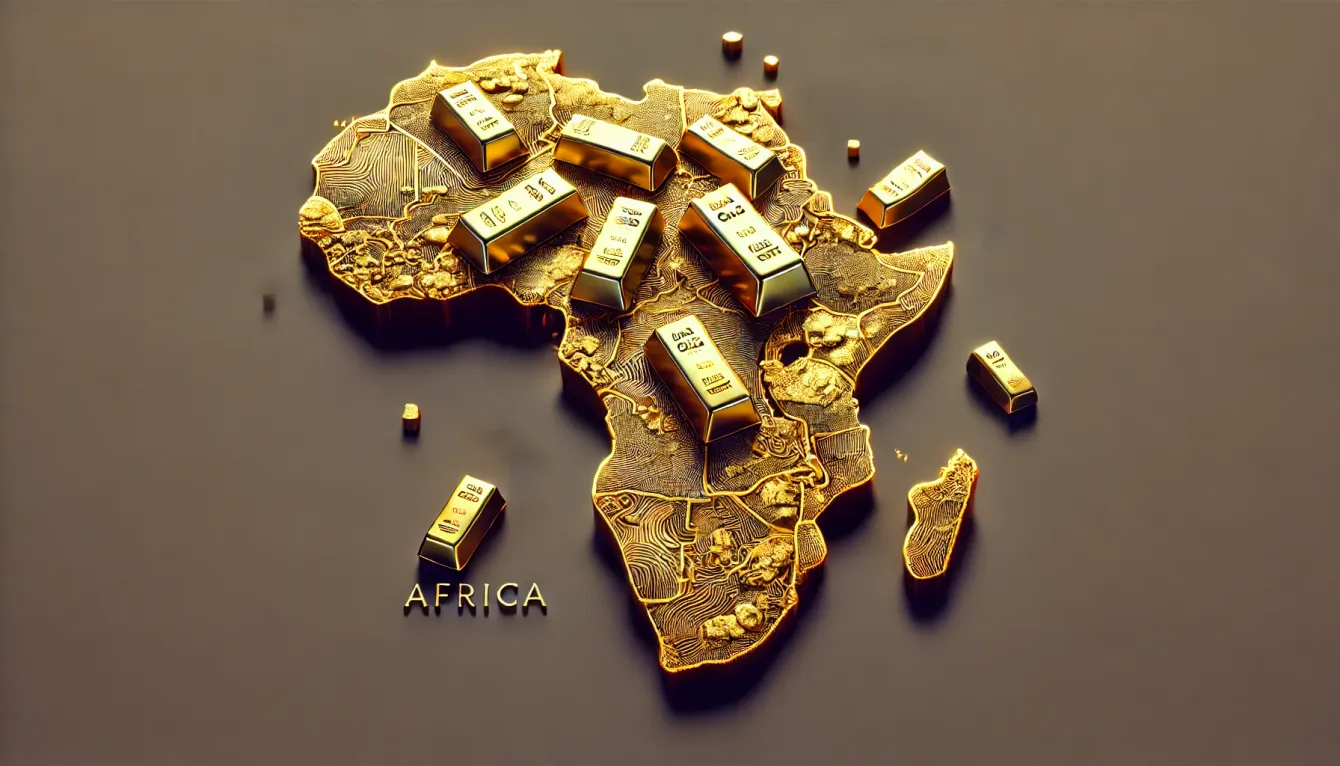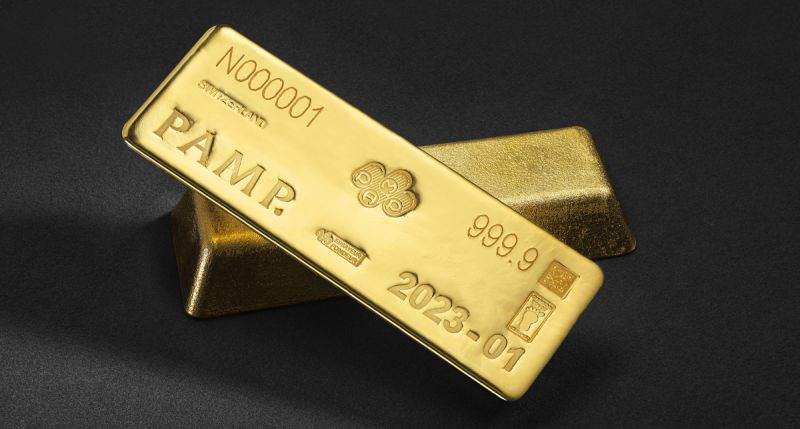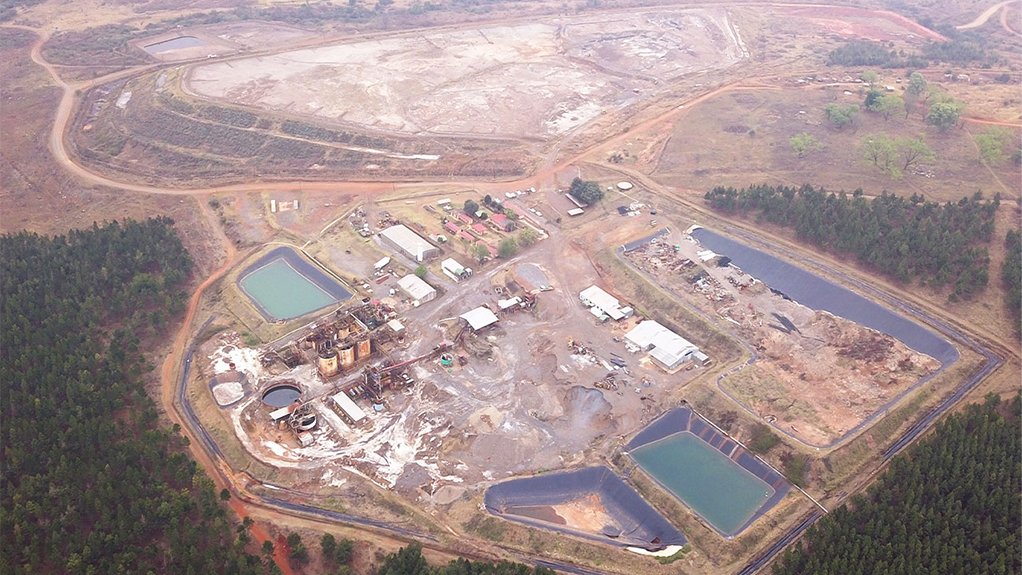Precious Metals

Physical gold demand wanes slightly, but growth drivers remain
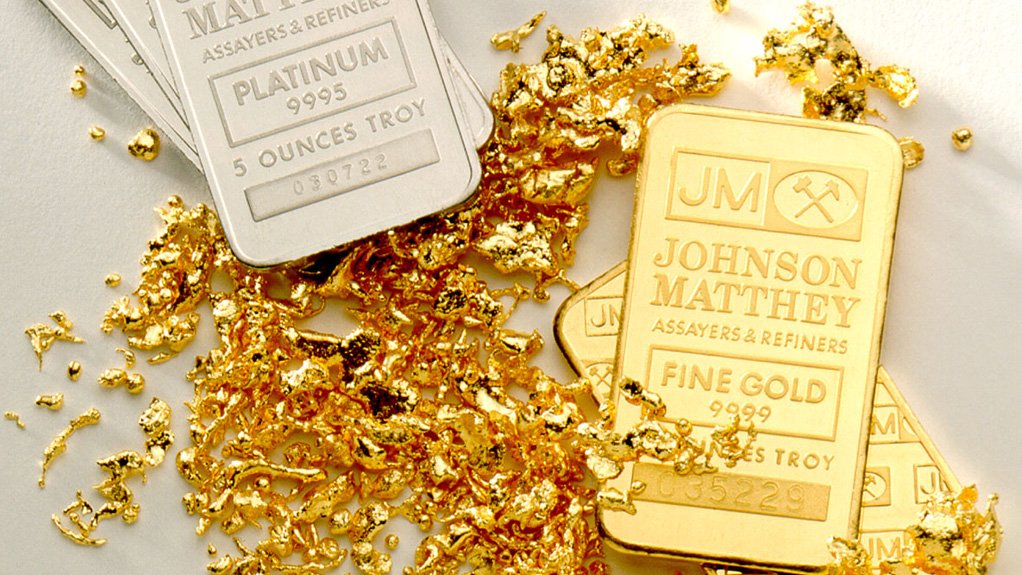
Sales of bullion from the US and Perth Mints have shrunk over the last few months, indicating that physical investors are feeling the gold price may have run out of steam.
Heraeus says sales of gold coins from the US Mint have fallen from 63 500 oz in January to just 7 500 oz in May, while Perth Mint bullion sales are down 45% year-on-year so far this year, at 190 000 oz.
Exchange-traded fund (ETF) inflows have also cooled in the last few weeks, following an exceptionally strong start to the year.
Heraeus reports that ETF holdings grew by 397 t in the year-to-date, taking total global ETF holdings to 3 616 t – which was a multi-year high – but ETF inflows were particularly low in May and much lower in June compared with last year.
The company further explains that, although the gold price has been stalled below $3 500/oz since the end of April, a number of key drivers are still in place that could be conducive to further gains during the rest of the year.
Central banks are still consistently buying gold, including the People’s Bank of China which added 7 t to reserves in June.
Additionally, the outlook for the dollar remains that it will weaken, despite traders paring expectations for fewer rate cuts this year as US consumer price inflation increased 2.9% year-on-year in June.
With these drivers still in place and global ETF holdings still far below their record high, there is potentially still room for investors to increase holdings further, should gold break out above $3 500/oz.
Meanwhile, Heraeus says platinum’s indicators continue to show tightness.
Implied lease rates for borrowing physical platinum rose again last week, indicating that there is less liquidity in parts of the market. Part of what may be driving this is a geographic misalignment of stocks and demand, Heraeus states.
Platinum was rushed across the Atlantic from London to the US starting late last year (before beginning to be repatriated more recently) and Chinese imports have grown year-to-date, which has concentrated the available stock of platinum, making it potentially more difficult to procure locations where end-users would lease metal, Heraeus states.
Rather than the global physical market becoming yet tighter, it is possible this dynamic is a key contributor to the sky-high lease rates of late.
Helping to offset tightness until last week, platinum ETFs also liquidated 285 000 oz of holdings since the platinum price first reached $1 300/oz.
Heraeus reports that South Africa’s platinum group metal supply has started to recover to normal levels following poor production figures in the first few months of the year. Following the weaker first-half production, the country is poised to produce just below 3.9-million ounces for the year.
Platinum prices rose to $1 442/oz by July 16.
The palladium price, in turn, moved in sync with platinum last week despite underlying market conditions appearing much less tight. The palladium price rose by 5% week-on-week to $1 277/oz by July 16.
Heraeus says investors are also starting to rotate to palladium, with ETF holdings having exceeded 900 000 oz in the week, marking a seven-year high. Palladium ETF holdings have increased by 19% in the year-to-date.




